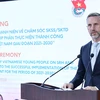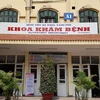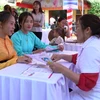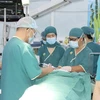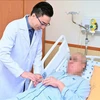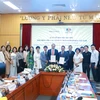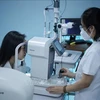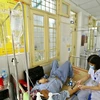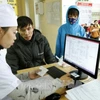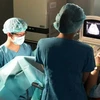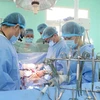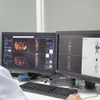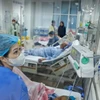Ho Chi Minh City plans to expand anti-retroviral (ARV) therapy to general district hospitals in an aim to achieve the target of providing treatment to 90 percent of the city's patients diagnosed with HIV by 2020.
ARV therapy is now offered at 33 city-level hospitals and district preventive health centres.
HCM City and the four provinces of Dien Bien, Son La, Nghe An, and Thanh Hoa are carrying out a pilot programme, based on targets set by the Joint UN programme on HIV and AIDS (UNAIDS) that aims to end the AIDS epidemic by 2030.
The UN "90-90-90" targets call for having 90 percent of all people with HIV to know their status by 2020.
It also aims to have 90 percent of people diagnosed with HIV infection to receive sustained ARV therapy, and to have 90 percent of all people receiving ARV therapy to have viral suppression.
The central HIV/AIDS Prevention Department and the city's AIDS Prevention Committee yesterday discussed a detailed plan to achieve the targets.
This is especially important as funds from international aid for HIV/AIDS prevention have fallen since Vietnam is no longer ranked a low-income country by the UN.
The committee estimates that according to the targets, the city will have 14,038 more people with HIV to need treatment by 2020.
"This is a big challenge for the city because hospitals and district preventive health centres are overloaded," Dr Tieu Thi Thu Van, the committee's head, said.
The city hospitals and district preventive health centres are treating 27,500 people with HIV.
Expanding the therapy to district general hospitals and private health clinics is very important, she said.
Van has asked the Ministry of Health to develop specific policies for the city to pay for therapy from a health insurance fund when international funding for ARV drugs ends in 2016.
The city plans to manage HIV patients receiving ARV therapy through electronic medical records or phone messages. This will help keep track of the patients and ensure that 90 per cent of them have viral suppression by 2020.
The city will also expand the testing network for finding new HIV patients so that 90 percent of people with HIV will know their status by 2020.
Van said that the committee would carry out rapid HIV antibody tests at district health centres.
At least 41,841 people with HIV live in HCM City, she said.
Dr Phan Thi Thu Huong, the department's deputy head, said the city was seeing a trend of HIV transmission through sex.
The risk of HIV transmission through sex among people using amphetamines is now very high, as they tend to engage in unprotected sex under influence of the drug.
Huong said that encouraging the use of condoms among this group was difficult.
"It is very important to find these patients and provide treatment," she added.
Nguyen Hoang Long, the department's head, said that the city's number of patients with HIV accounts for 30 percent of the country's total number of HIV patients.
HCM City prevention activities greatly influence similar prevention programmes throughout the country, he added.-VNA
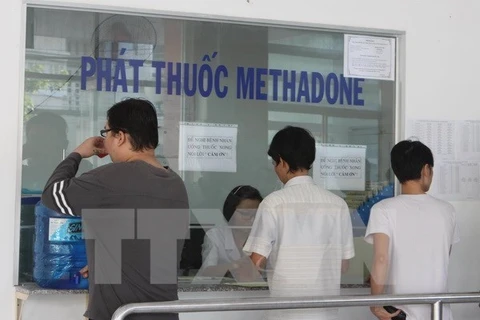
Hanoi expands methadone treatment for drug addicts
Two rehab centres using the methadone treatment method were opened at the HIV/AIDS Prevention and Control Centre and Hospital 09 in Hanoi on January 27.




